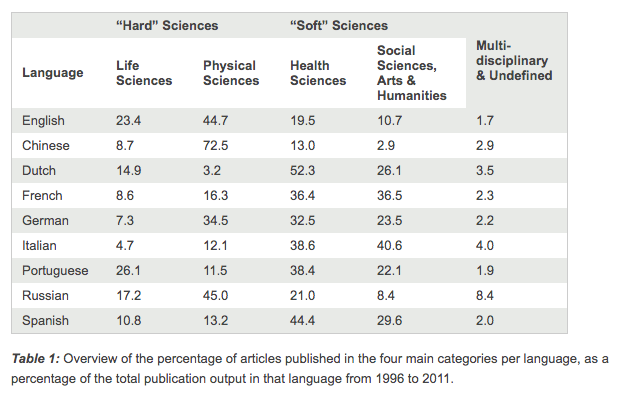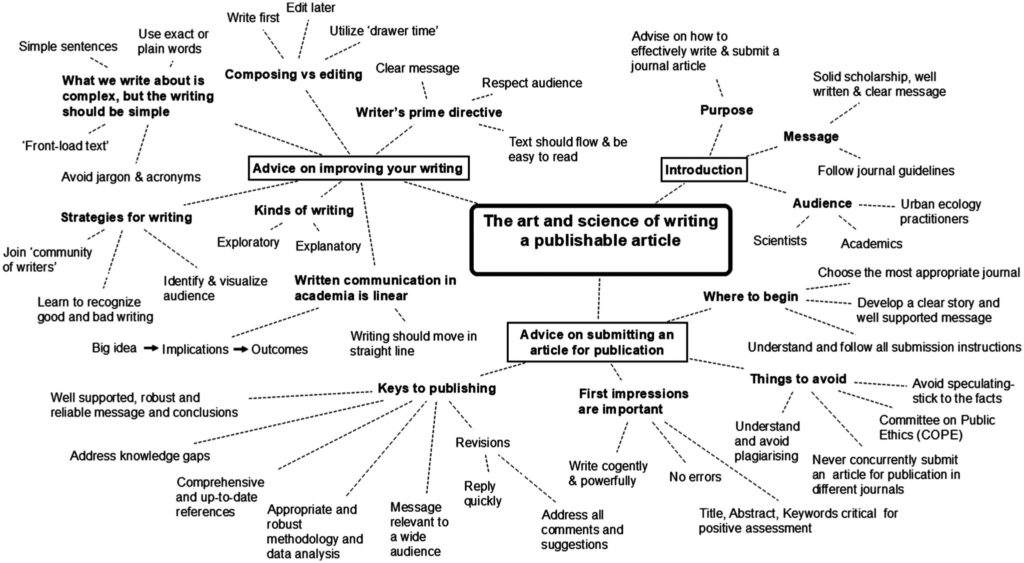Doing science: process vs product perspectives
The philosopher Abraham Kaplan suggests that scholary inquiry is guided by two divergent logics: a logic in use and a reconstructed logic. According to Kaplan (1964): ‘A great deal hinges on whether science is viewed as a body of propositions or as the enterprise in which they are generated, as product or as process. An account of the norms bearing on the finished report of an investigation might well be expected to differ from one concerned with the conduct of the investigation itself’ (p. 7). Kaplan suggests that ‘science as process’ is guided by a logic in use, and ‘science as product’ is guided by a reconstructed logic. And there is a crucial difference between them: ‘we can no more take them to be identical or even assume an exact correspondence between them, than we can in the case of the decline of Rome and Gibbon’s account of it, a patient’s fever and his physician’s explanation of it’ (p. 8).
Schiffrin, D. (1987). Discourse markers: Contextual coordinates of talk. In Discourse Markers (Studies in Interactional Sociolinguistics, pp. 312-330). Cambridge: Cambridge University Press. doi:10.1017/CBO9780511611841.011
Writing, research, citations, impact: the fiercely competitive academic world
Academic citation is the mechanism which both demonstrates the advance of knowledge and distributes credit for priority, emphasizing that research is embedded in a literature and that writers are linked into wider social networks. It is central to the ways writers are able to rhetorically build on what has gone before and distinguish their work from that of others. The global explosion of journals and the development of online publication in the last 20 years have increased the volume of research and the access scholars have to it, while the emergence of citation indexes has brought another dimension to this knowledge-constructing role. Now that institutions take citation counts as a measure of research impact and justify promotion and funding decisions on these counts, citations can contribute decisively to the professional careers of those cited (Slyder et al. 2011). Citations are therefore now the currency of the scholarly economy and having one’s work recognized and referenced by others is an increasingly valued commodity in today’s fiercely competitive academic world (Siler 2012; Hyland 2015).
Ken Hyland, Feng (Kevin) Jiang (2019). Points of Reference: Changing Patterns of Academic Citation, Applied Linguistics, Volume 40,1, 1, Pages 64–85, https://doi.org/10.1093/applin/amx012
Overview of the percentage of articles published in the four main categories per language, as a percentage of the total publication output in that language from 1996 to 2011.

Intellectual styles
Galtung (1985) suggested metaphors to capture divergences in intellectual style between four broadly-conceived academic communities: the ‘Saxon’, the ‘Teutonic’ and the ‘Gallic’.
The Saxonic intellectual style, which can be further subdivided into a US and a UK style, is characterized by avid collection and organisation of data in what is often a team effort. Accordingly, it is strong on hypothesis generation, but weak on theory formation. Moreover, Saxonic academics actively engage in dialogue with their peers, seek to smooth out divergences of opinion and are generally more tolerant of diversity. The typical questions posed by the Saxonic when confronted with a thesis are: ‘How do you operationalize it?’ (US version) and ‘How do you document it?’ (UK version).
Gallic intellectual style is seen as being preoccupied with linguistic artistry. Clarity and elegance of style are as important as theory formation, and the best theory is one which shows balance and symmetry. Criticism of peers is concealed behind the smoke screen of language. The typical research question is: ‘Peut-on dire cela en bon français?’ (‘Can you say this in good French?’)
Teutonic intellectual style focuses on fundamental issues of theory formation and deductive reasoning rather than data analysis and induction. The Teutonic intellectual community is less democratic and strongly elitist, with academic knowledge passing from ‘masters’ to ‘apprentices’. Academic debate centres around the weaknesses of others’ lines of argument. The typical research question is: ‘Wie können Sie das ableiten?’ (‘How can you derive this?’)
Hermanns (1985) notes that British students of language and literature are required to write one or two essays of no less than 3000 words each week. The finished products are read out aloud in one-to-one tutorials, with the tutor asking questions and offering comments. It is only logical, then, that reader orientation and essay form should be of utmost importance to Anglo-Saxon academic culture: a paragraph should normally open with a topic sentence, which all other sentences in the paragraph must support. A concluding sentence helps to end one paragraph and to provide a smooth transition to the next (cf. e.g. Byleen 1998: 10). Of equal importance is a strong focus on the assigned topic (cf. e.g. Holten/Marasco 1998: 230); digression and repetition are regarded as major vices. These features of higher education in English-speaking countries clearly lay the foundation for the toler- ant Saxonic intellectual style described by Galtung, as well as for the reader-oriented Saxonic writing style to be discussed below.
In marked contrast to their English and French counterparts, German students have until recently received no principled instruction in composition in either secondary or higher education, and their university courses do not normally include face-to-face reading and discussion of essays. As a rule, students write their essays in isolation; professors or their assistants then read their finished products, mark them and attach some written comment. Through exposure to the publications of acknowledged scholars students are assumed to pick up automatically, as it were, the complex features of German academic register, where citations from secondary literature are generally more important than in the Anglo-Saxon and French academic cultures.
The growing body of literature on cross-cultural communication provides further evidence for Galtung’s distinctions. Cultural divergences along these dimensions may also make themselves felt in academia and may therefore impact on styles of academic writing, to which we now turn.
In journal articles there are significant differences between languages with respect to the use of topic and bridge sentences. Around 63 % of English paragraphs start with a topic sentence, whereas the figures for French and German are considerably lower, at 40 and 36 % respectively.
The publishing conundrum

The most important idea in academic or scientific writing is to respect the audience. Do not make them work to figure out what you are trying to say, or what the structure of your story is. You should do as much work for them as you can, to be sure that your message comes across clearly.
Source: How to write a paper for publication in a high-quality journal: the six keys to success.
References
Hyland, K & Jiang, F. (2019). Points of Reference: Changing Patterns of Academic Citation, Applied Linguistics, Volume 40,1, 1, Pages 64–85, https://doi.org/10.1093/applin/amx012
Lorés-Sanz, R. (2011). The construction of the author’s voice in academic writing: The interplay of cultural and disciplinary factors. Text & Talk – An Interdisciplinary Journal of Language, Discourse & Communication Studies, 31(2), 173-193.
Pickett, S. T., & McDonnell, M. J. (2017). The art and science of writing a publishable article. Journal of Urban Ecology, 3(1), jux018.
Siepmann, D. (2006). Academic Writing and Culture: An Overview of Differences between English, French and German. Meta: Journal Des Traducteurs, 51(1), 131-150.